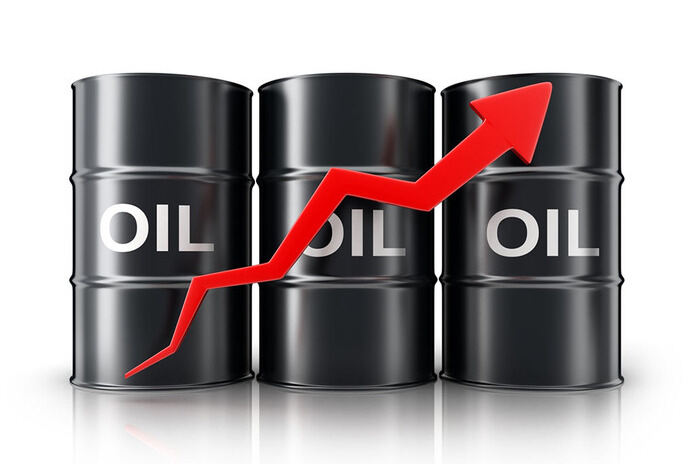Today, October WTI crude oil (CLV23) has risen by +1.14 (+1.26%), and October RBOB gasoline (RBV23) has gained +0.0141 (+0.52%). The surge in October WTI crude oil prices marks an impressive ascent, reaching an 11-month high, extending a rally that has persisted for the past three months.
The upward trajectory of oil prices can be attributed to the robust support stemming from forecasts made last week by both the International Energy Agency (IEA) and OPEC. Both organizations have projected that the global oil market will face a supply deficit until the end of the year. OPEC, in particular, projected a significant shortfall of 3.3 million barrels per day (bpd) in the fourth quarter, marking the tightest oil market conditions in over a decade. Simultaneously, the IEA has predicted a deficit of approximately -1.2 million bpd in the second half of the year due to oil supply cuts enacted by Saudi Arabia and Russia, creating a substantial supply gap.
This tightening in the oil market is set to persist due to the extension of OPEC+ production cuts. Saudi Arabia recently reaffirmed its commitment to a unilateral crude production cut of 1.0 million bpd through December, maintaining its crude output at around 9 million bpd, the lowest level seen in three years. Russia has also pledged to continue its 300,000 bpd cut in crude production through December, with Russian crude oil shipments in August dropping by -9% month-on-month, marking an eleven-month low in daily averages.
A significant decline in crude held in floating storage has provided further bullish momentum to oil prices. Recent data from Vortexa reported an -8.9% week-on-week decrease in the amount of crude oil held worldwide on tankers stationary for at least a week, with levels dropping to 83.89 million barrels as of September 15.
In a surprising turn of events, the U.S. and Iran announced a prisoner exchange and the release of $6 billion in Iranian funds on Monday. This development could potentially lead to improved U.S.-Iran relations, opening the door for the resumption of nuclear talks. Any such agreement could result in relaxed Iran sanctions and increased Iranian oil exports. In fact, Iranian crude exports surged to a five-year high of 2.2 million bpd during the first 20 days of August, with China being the primary destination for this crude.
Last week’s EIA report provided additional support to the bullish sentiment in the market. The report highlighted that U.S. crude oil inventories as of September 8 were -2.9% below the seasonal five-year average, while gasoline inventories were -2.5% below the same benchmark, and distillate inventories were -12.6% below the five-year seasonal average. U.S. crude oil production also increased by +0.8% week-on-week to 12.9 million bpd in the week ending September 8, marking the highest production level in 3.5 years. Despite this increase, U.S. crude oil production remains modestly below the record-high of 13.1 million bpd reached in February 2020.
Furthermore, Baker Hughes reported that active U.S. oil rigs in the week ending September 15 rose by +2 to a total of 515 rigs. While this number is slightly above the 17-month low of 512 rigs recorded on September 1, it still falls significantly short of the 3.25-year high of 627 rigs registered on December 2, 2022. Nonetheless, the fact that U.S. active oil rigs have nearly tripled since reaching an 18-year low of 172 rigs in August 2020 signals a substantial increase in U.S. crude oil production capacity since the depths of the pandemic-induced lows.
Featured Image: Freepik









